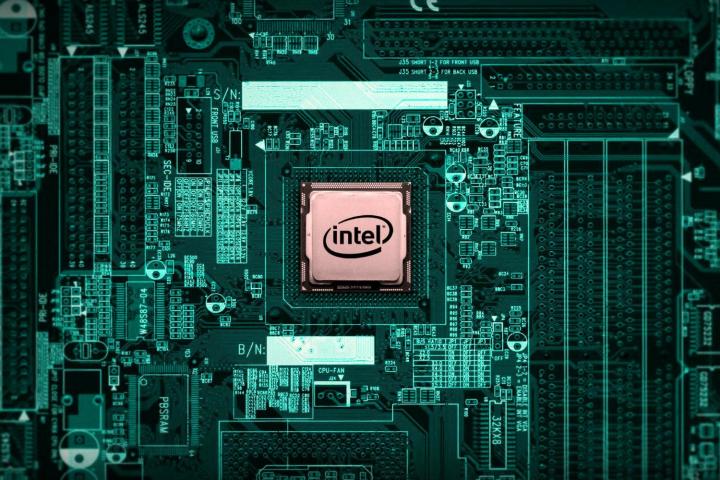
The Z170 chipset is expected to up the PCI Express ante to the standard’s 3.0 generation. Currently, Intel’s Z170 forerunner, the Z97, offers PCIe connectivity on eight 2.0 lanes. The additional bandwidth will make the chipset better suited for high-end gaming configurations that use multiple video cards, or for the use of several PCIe hard drives.
Meanwhile, if today’s exposé pans out, the high-end Skylake-destined 100 Series motherboard chipset will be capable of accommodating as many as twenty PCIe 3.0 lanes. The upgrade is also expected to raise the Z170’s USB 3.0 connector tally to ten. That’s up from six, which is Z97’s zenith.
In total, there should still be 14 USB hubs, plus six SATA ports, all capping off at 6Gb/s transfer rates. The same goes for the Q170 member of the 100 Series chipset family, whereas their lesser H110, H170, B150 and Q150 siblings will need to make do with between 6 and 16 PCI Express lanes, and four to eight USB 3.0 connectors.
The H110 is by far the humblest 100 model, and should be priced accordingly, with no PCIe 3.0 compatibility, just four SATA ports, four USB 3.0 and no Rapid Storage Technology features.
Speaking of, both the Z170 and Q170 are to handle up to three additional M.2 SSDs or SATA drives via Intel RST. There’s no mention of PCI Express 4.0 in any of the chipsets. The latest standard is expected to hit retail products this year, but its apparent absence from any Skylake motherboard casts some doubt on that possibility.


